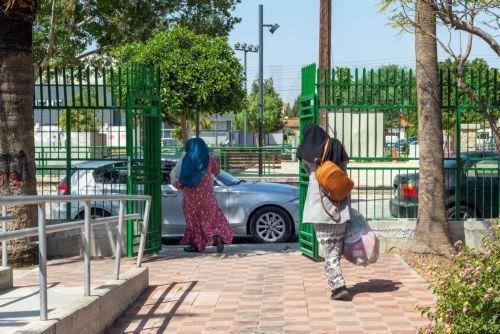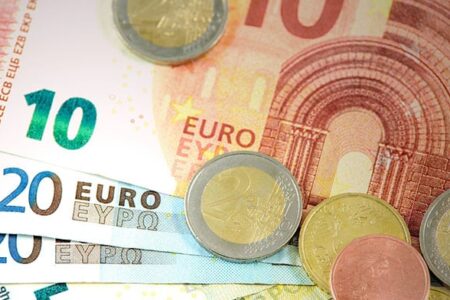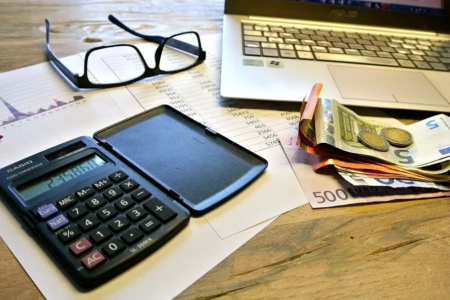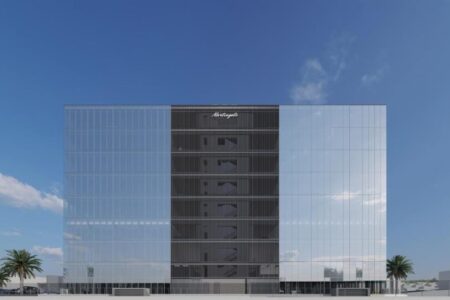18.08.2022
Just over 17% of the population of Cyprus in 2021 was at risk of poverty or social exclusion.
According to the results of the 2021 Income and Living Conditions Survey, with a base income period of 2020, 17.3% of the population or 154,000 people were at risk of poverty or social exclusion, according to the Cyprus Statistical Office.
It is noted that the AROPE indicator is the main indicator for monitoring the EU 2030 target on poverty and social exclusion.
The statistical service reports that 17.3% of the population lived in households whose disposable income was below the poverty risk threshold, or were in extreme material and social disadvantage, or lived in households with very low labor intensity.
This indicator slightly improved compared to the previous year, when it was 17.6%, continuing the downward trend of recent years. This improvement was reflected exclusively in the proportion of men (15.8%), while the proportion of women remained almost at the same level (18.7%) as in the previous year. Over the years, women have maintained their disadvantageous position in relation to men, it is added.
Contents
Poverty Risk Indicator (AROP)
The proportion of the population at risk of poverty, i.e., disposable income below the poverty risk threshold, decreased slightly, amounting to 13.8% compared to 14.3% in 2020.
The highest percentage this figure has ever reached was 16.2% in 2015.
The poverty risk threshold remained almost unchanged between 2021 and 2020, reaching €10,011 for one-person households in 2021, compared to €10,022 in 2020 and €21,024 for households with 2 adults and 2 children -dependents compared to 21,047 in 2020.
The proportion of the population in severe material and social deprivation, i.e., experiencing a forced absence of at least 7 out of 13 types of deprivation (7 family and 6 individual), decreased to 2.6% in 2021 compared to 3.2% in 2020.
At the household level, deprivation refers to the financial inability of the household to cope with unexpected expenses, pay rent or utility bills or loans, keep the house warm enough, etc., while at the individual level, the financial inability of a person to spend a small amount of money a week for yourself, regularly spend leisure time, get together with friends/family to drink/eat at least once a month, etc.
Very Low Work Intensity Indicator (LWI)
The share of the population aged 0-64 living in households with very low labor intensity, meaning that adults in the household worked less than 20% of their labor potential during the past year, increased slightly in 2021 to 5.6% compared to 5.3% in 2020.
Income differentiation
The average annual household disposable income for 2021 with a base income period of 2020 was €34,227, up 1.1% from the previous year’s €33,862. Income inequality is mainly described by income quintiles, S80/S20, and the Gini income inequality coefficient.
In 2021, these figures remained almost at the same level compared to the previous year. In particular, the S80/S20 ratio, which examines the share of income of the 20% richer population relative to the share of the population 20% poorer, reached 4.2 units in 2021. Namely, the income share of the 20% richer population was 4.2 times higher than the 20% poorer income share compared to 4.3 in 2020. In addition, the Gini coefficient reached 29.4% compared to 29.3% in 2020.
















